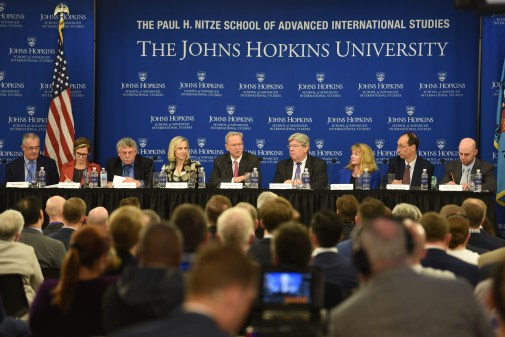The Department of Health and Human Services launched a new IT procurement system last week designed to replace notoriously shoddy traditional procurement with a more-agile, value-driven process for development.
Referred to as the HHS Buyers Club, the new system breaks procurement into a two-stage, “down-select” process. Solicitations are listed for contractor bidding like any other, but in the new process, HHS will first select three to five developers to create prototypes for a given IT project before finalizing on one to develop the full technology.
Friday the agency listed its first Buyers Club solicitation on the Federal Business Opportunities page seeking a developer to redesign the Assistant Secretary for Planning and Evaluation website, its intranet system and a few databases. HHS will award $10,000 to each of the contractors selected in the first round; the prototype they develop, even if not awarded a full contract, will become government property.
“The goal is to help try to figure out how to do procurement better,” said HHS Chief Technology Officer Bryan Sivak. “And when I say do procurement better, I mean get a better end result in terms of the actual products that get built and implemented. The main thrust of what we’re working on is building a set of artifacts that program managers and procurement officials and any other folks associated with any kind of procurement can use to think about ways to do some of these more innovative procurement types rather than the sort of standard [way].”
ASPE came in with a standard solicitation, “lots of boilerplate stuff,” Sivak said. He and other HHS leaders led the office to a more phased implementation, one they say is much more advantageous to both the agency and potential contractors.
“We get to get a sense for how these vendors will work with us,” Sivak said. “We get a sense for the resources they have on staff. And, maybe most importantly, at the end of it we’ll get working code, a working prototype that we can evaluate and say, ‘this is the thing we’re really looking for.'” Likewise, with this first trial using Buyers Club, Sivak said they’re looking for validation that the workflow makes sense.
Mark Naggar, project manager for HHS Buyers Club, said the new system gives contractors a chance to partially replicate the agile development seen in the private sector with early-on end user interviews.
“They’ll go into the companies and ask them questions, and instead of getting a set of requirements, they’ll actually figure out what you need as opposed to what you tell them you want,” Naggar said. “This is really shifting away from this primarily paper-based proposal to this proof of concept, and it gives them an additional advantage as far as the competition process to ask these questions to better understand the true needs. And this rarely happens [in traditional procurement] until you have that one contractor who comes in, and they’ve already got the contract. This gives more incentive to the contractors competing for the requirements to really hone in on what is vital. And you really get to see with the coding they provide if they can really meet what they say they can.” With traditional procurement, he added, that might not happen for a few months after awarding the contract.








